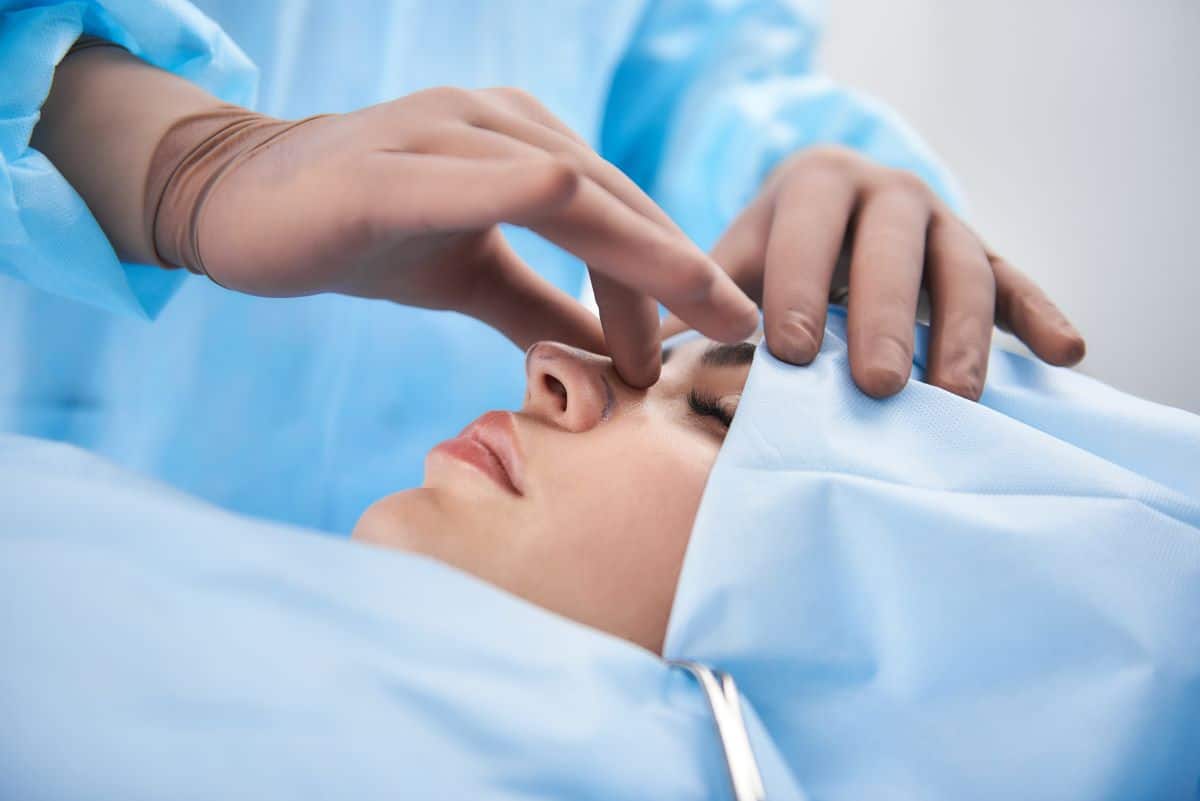What Is Nasal Surgery?
Discomfort from problems that occur in the nose can often be relieved with medication. But in some cases, this doesn’t work, and surgery may be necessary. At Collin County ENT, we’ll discuss your symptoms and previous treatments you’ve tried to determine if one of these procedures is the right option for you.

Who Is a Candidate for Nasal Surgery?
Our team may recommend surgery if you experience:
- Nasal blockage
- Chronic sinusitis
- Deviated septum
- Sinus or nasal trauma
- Nose bleeds
- Nasal polyps
- Enlarged turbinates
- Chronic stuffiness
- Chronic breathing issues
What Nasal Surgery Options Are Available?
We perform a variety of surgical procedures at Collin County ENT. Our team will work with you to determine which one will work best for you as part of your customized treatment plan based on your needs, symptoms and lifestyle.
Nasal surgeries we perform include:
- Septoplasty: This procedure reshapes or repositions parts of the septum’s bone or cartilage to open the nasal passageway and improve drainage and breathing.
- Turbinate surgeries: These procedures reduce airway obstruction and breathing difficulties that result from enlarged or swollen turbinates, which are ridges inside the nose that clean and humidifies air as it enters the body. A turbinate reduction decreases its size, and a turbinate out fracture allows more air to flow through the nose.
How Long Do These Procedures Take?
Nasal surgeries are outpatient procedures, meaning you can return home once they are finished. Usually, they take between 30 and 90 minutes to complete.
What Results Can I Expect?
Most cases of nasal surgeries are successful at helping patients breathe easier. Your otolaryngologist will guide you through steps for aftercare for healing and maximum results.
If you experience nasal symptoms that don’t relieve with medication, surgery may be a good option for you. Our team at Collin County ENT can guide you through the next steps and determine if surgery will help relieve your symptoms. Contact our office to learn more.